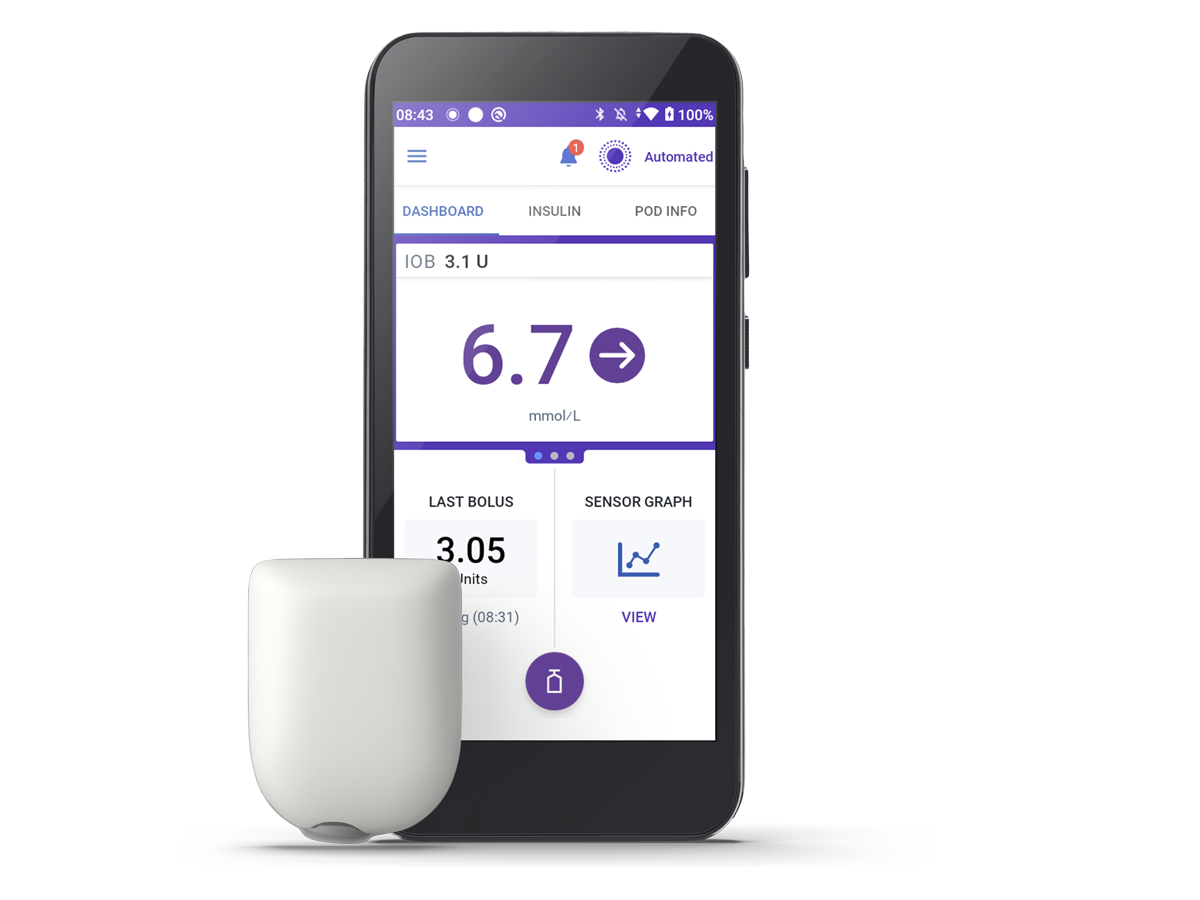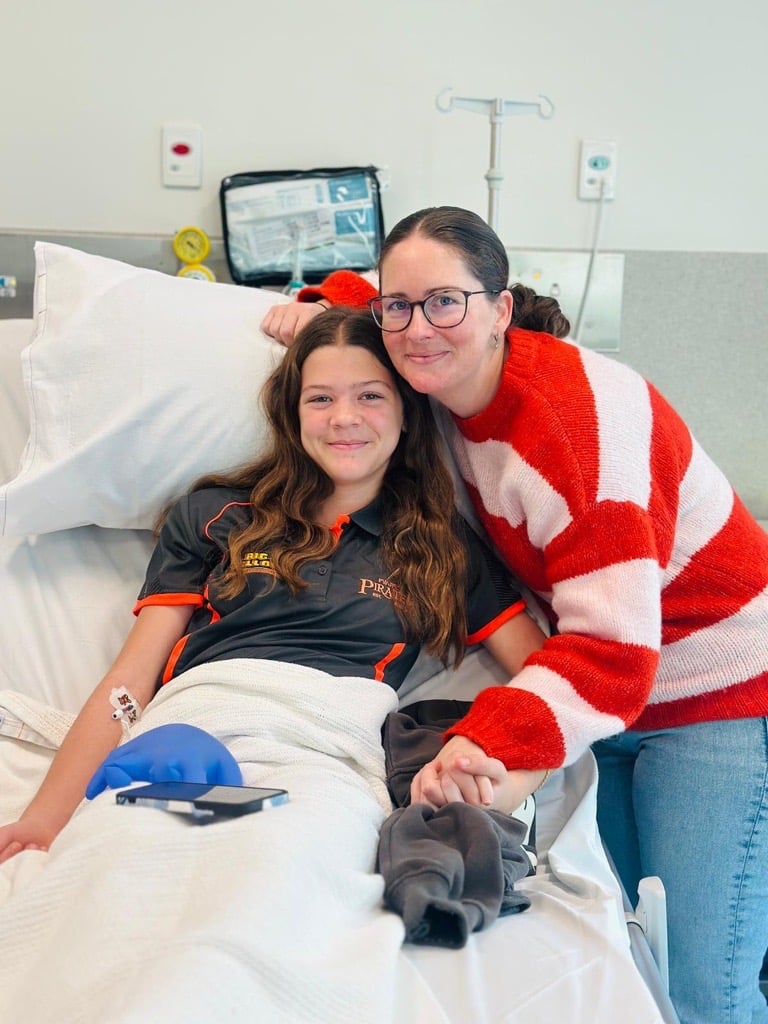Search

News & Events
Top Up PhD ScholarshipsApplications are open for the next round of our Top Up Scholarships for students who are undertaking their research in type 1 diabetes-related fields.

News & Events
Omnipod 5 studyThe research team at Perth Children's Hospital and the Children's Diabetes Centre are looking for participants to be involved in the new Omnipod 5 study

News & Events
Consumer Representative SpotlightMeet Rachelle Ward one of our Consumer Representatives

News & Events
Seed Funding GrantsApplications are open for the next round of our Seed Funding Grants for researchers dedicated to type 1 diabetes

News & Events
Congratulations Centre ResearchersCentre researchers awarded external travel grants to attend international conferences


News & Events
International Clinical Trials DayTo celebrate International Clinical Trials Day, we are highlighting a couple of a current trials underway at the Children's Diabetes Centre at the Kids Research Institute Australia and Perth Children's Hospital

News & Events
Supporting Families ProjectProudly funded by a Telethon Trust Research Grant, the Supporting Families project started in 2024 with the aim of co-designing a new clinical pathway for children with early stage type 1 diabetes (T1D).

News & Events
Capacity Building GrantsThe Rio Tinto Children's Diabetes Centre; a Breakthrough T1D Centre of Excellence is excited to announce the first round of capacity building grant recipients.

